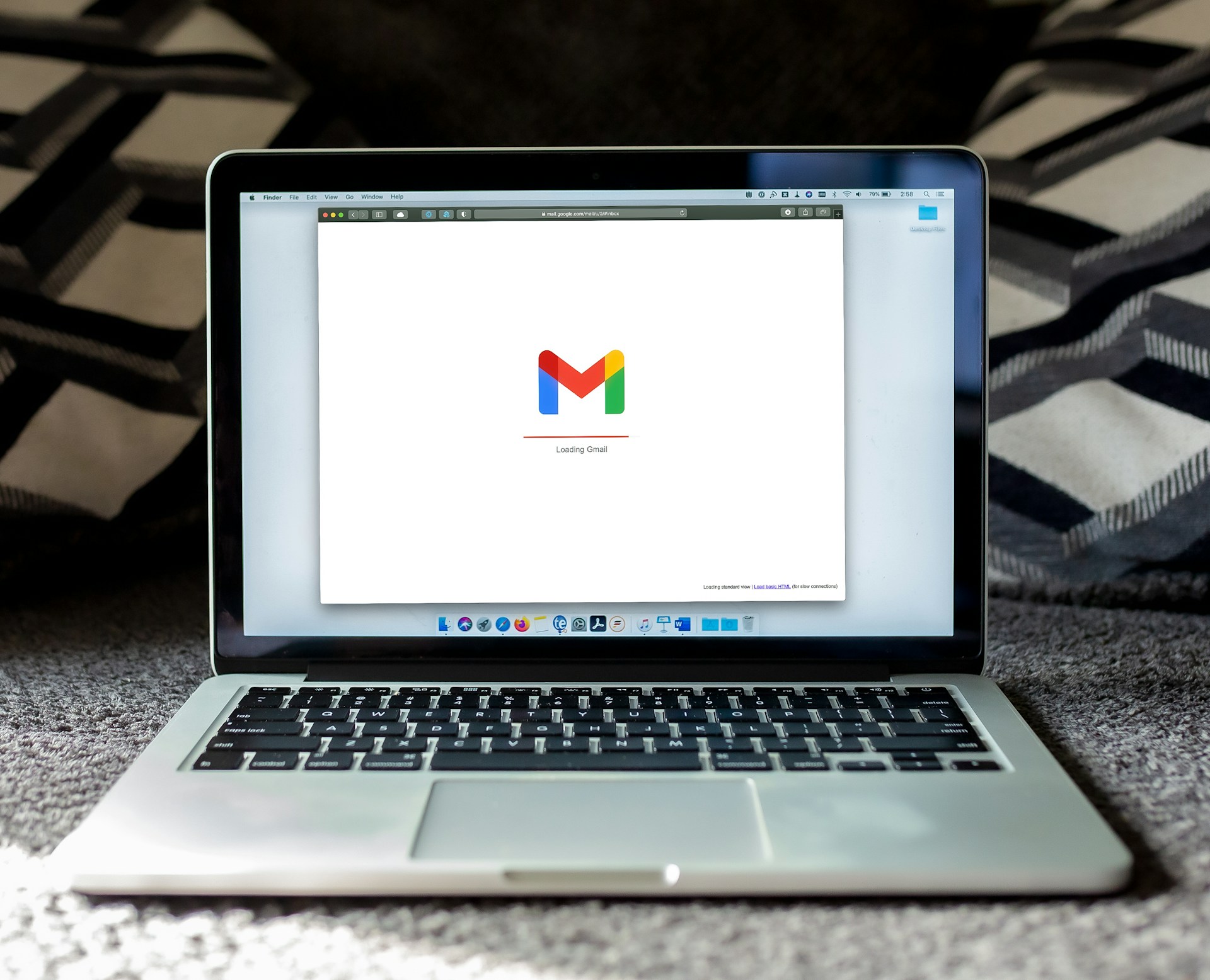
The Role of AI in Email Marketing Design Trends
Artificial Intelligence (AI) is revolutionizing various aspects of business, and email marketing is no exception. For business owners and entrepreneurs, understanding the role of AI in email marketing design trends can unlock new levels of engagement, personalization, and efficiency. As we delve into this topic, we’ll explore how AI is reshaping email marketing and highlight the key trends driven by this powerful technology.
The Power of AI in Email Marketing
AI leverages vast amounts of data to make informed decisions and automate processes that were once manual and time-consuming. In the context of email marketing, AI enhances every stage of a campaign—from designing and personalizing content to optimizing send times and analyzing performance. Here’s a look at how AI is making waves in email marketing design.
1. Hyper-Personalization
Personalization has always been crucial in email marketing, but AI takes it to the next level with hyper-personalization. This involves creating highly customized content that caters to individual preferences and behaviors.
How AI Enhances Personalization:
- Behavioral Analysis: AI analyzes user behavior, such as past purchases, browsing history, and email interactions, to tailor content that resonates with each recipient.
- Dynamic Content: AI enables the creation of dynamic email content that changes based on the recipient’s data. This could mean personalized product recommendations, tailored offers, or content that adapts to the recipient’s preferences in real-time.
Example: An e-commerce business can use AI to recommend products in their emails that align with the customer’s previous shopping behavior, leading to higher engagement and conversion rates.
2. Optimized Send Times
Determining the best time to send emails can significantly impact open rates and engagement. AI helps identify optimal send times based on when recipients are most likely to interact with their emails.
How AI Optimizes Send Times:
- Pattern Recognition: AI algorithms analyze historical data to identify patterns in user behavior, such as when they are most active online.
- Predictive Analytics: By predicting when each recipient is most likely to check their inbox, AI ensures that emails are sent at the perfect moment for maximum impact.
Example: A SaaS company can use AI to schedule emails to individual users based on their past engagement times, improving the likelihood of their emails being opened and read.
3. Advanced Segmentation
AI allows for more sophisticated segmentation of email lists, ensuring that each segment receives highly relevant content.
How AI Improves Segmentation:
- Multi-Factor Analysis: AI considers multiple factors, including demographics, purchase history, engagement levels, and browsing behavior, to create detailed customer segments.
- Adaptive Segmentation: Segments are continuously updated based on new data, ensuring that each recipient always receives the most relevant content.
Example: A travel agency can use AI to segment their audience into categories such as adventure travelers, luxury travelers, and budget travelers, and send tailored emails that appeal to each group’s specific interests.
4. Automated Content Creation
AI can significantly streamline the content creation process by generating email copy and design elements.
How AI Assists in Content Creation:
- Natural Language Processing (NLP): AI tools use NLP to create engaging and coherent email copy that matches the brand’s tone and style.
- Design Automation: AI can automate the design of email templates, ensuring consistency while saving time and effort.
Example: An online retailer can use AI to generate personalized email content that includes product descriptions, promotional offers, and customer reviews, all tailored to the recipient’s preferences.
5. Predictive Analytics
Predictive analytics powered by AI provides insights into future customer behavior, helping businesses make informed decisions about their email marketing strategies.
How Predictive Analytics Enhances Email Marketing:
- Churn Prediction: AI can identify customers who are at risk of unsubscribing or disengaging and trigger re-engagement campaigns.
- Lifetime Value Prediction: By predicting the potential lifetime value of each customer, AI helps prioritize high-value customers for special offers and personalized content.
Example: A subscription-based service can use AI to predict which subscribers are likely to cancel and send them targeted offers or content to retain their business.
6. Enhanced A/B Testing
A/B testing is essential for optimizing email marketing campaigns, and AI can take this process to new heights by automating and refining it.
How AI Improves A/B Testing:
- Automated Testing: AI can automatically test different elements of an email, such as subject lines, images, and CTAs, to determine which version performs best.
- Continuous Optimization: AI learns from each test, continuously improving and optimizing future email campaigns.
Example: A financial services company can use AI to test various email designs and subject lines, automatically selecting the highest-performing version to maximize engagement and conversions.
Conclusion
AI is transforming email marketing design by making it more personalized, efficient, and data-driven. For business owners and entrepreneurs, leveraging AI in your email marketing strategy can lead to more engaging and effective campaigns, driving higher ROI and customer satisfaction. By embracing hyper-personalization, optimized send times, advanced segmentation, automated content creation, predictive analytics, and enhanced A/B testing, you can stay ahead of the curve and connect with your audience in meaningful ways.
As AI technology continues to evolve, its impact on email marketing will only grow. Staying informed about these trends and integrating AI into your marketing efforts will ensure your business remains competitive in the digital age.


